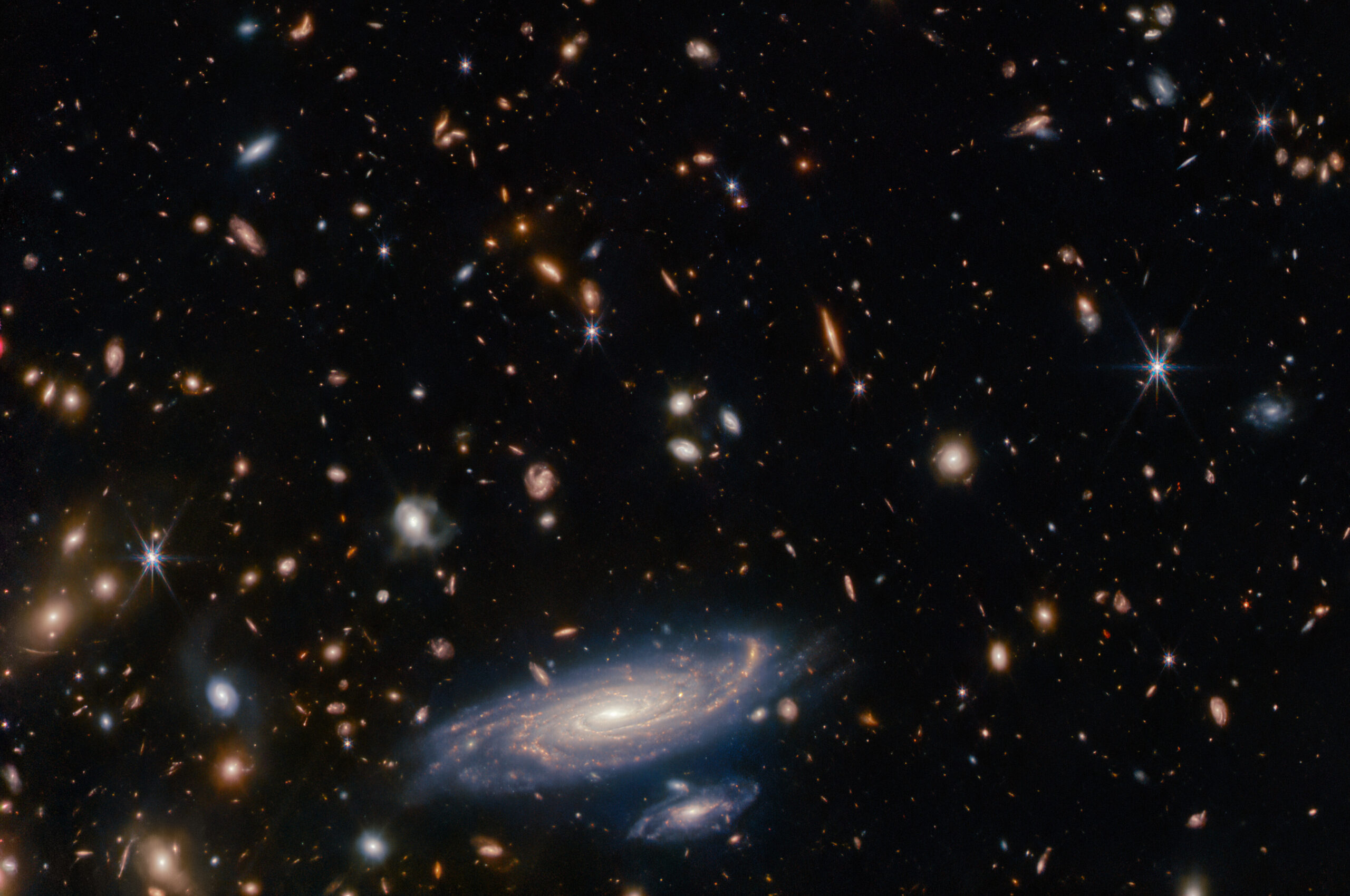with Thomas Schildknecht, Astronomical Institute, University of Bern, Switzerland
Abstract: The proliferation of space debris and the increased probability of collisions and interference raise concerns about the long-term sustainability of space activities, particularly in the low-Earth orbit and geostationary orbit environments. During recent years the number of satellites launched to space increased by orders of magnitude in particular due to costs reductions enabled by miniaturization and rideshare launch opportunities, as well as due to the deployment of so-called megaconstellations by private actors. In order to allow for safe operations in near-Earth space, and to ensure sustainable use of this unique resource, numerous measures are urgently needed. These include inter alia the prevention of collisions, the obligation to remove all objects after the end of their mission from the environment, active removal of existing debris, and international efforts to coordinate the traffic and manage the debris environment.
Governments, space agencies and civilian research organizations increase their efforts to build space object catalogues and to investigate the space debris population in different orbit regions. Understanding the nature and the sources of debris is a prerequisite to provide the scientific foundation for a sustainable use of near-Earth space.
Current space debris research activities to detect and characterize space debris at the Swiss Optical Ground Station and Geodynamics Observatory Zimmerwald will be illustrated with examples from the long-standing observation programs of the Astronomical Institute of the University of Bern (AIUB).
Pro ISSI Talk was recorded on May 11, 2022
